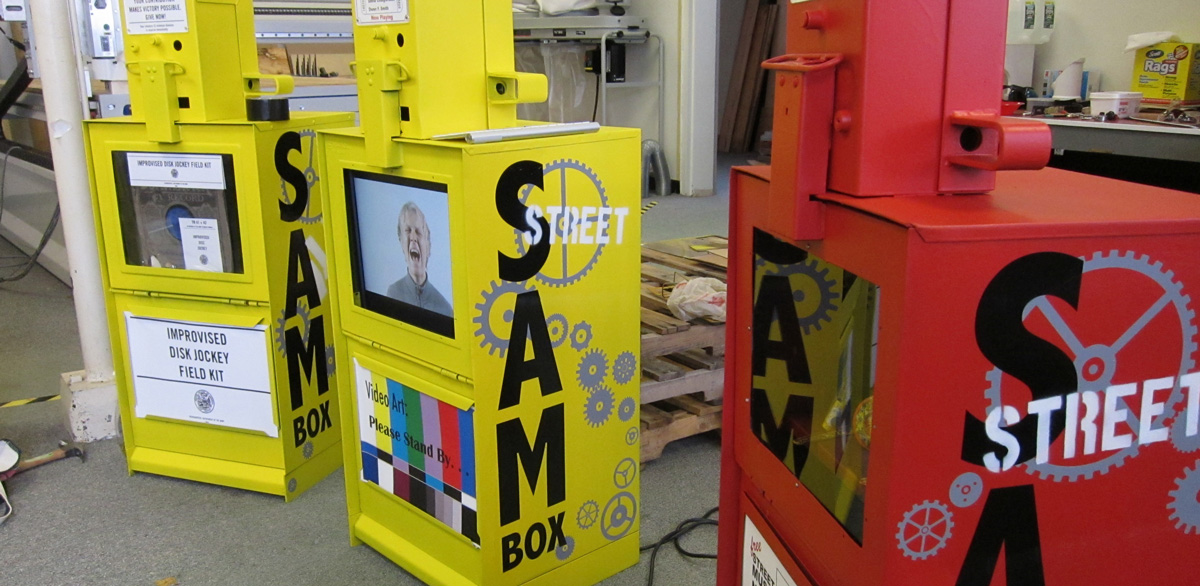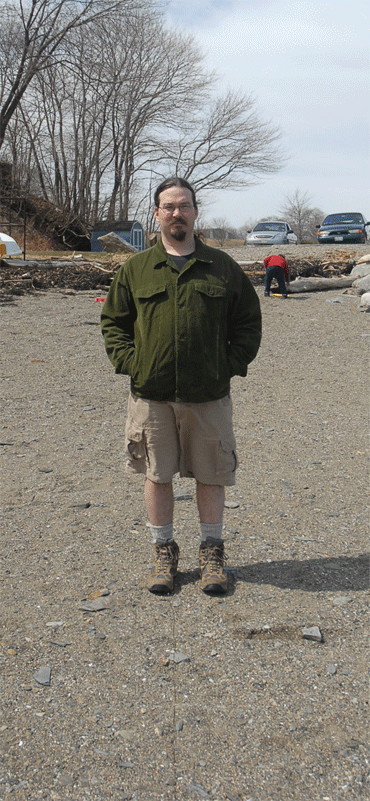Yesterday I had a telephone interview for a position as an academic technology consultant. I’m not sure how it went, but I can say that once I hung up the phone I immediately started to realize all the right answers I should have given.
The one question in particular that I should have answered better was, “If you had a new professor who wanted to use technology in their classroom, what would you have them do?”
I answered, I’d have them start a blog.
It’s the right answer, and I stick by it. I just don’t think I articulated my reasoning for it very well. So I’ll articulate it here so I can feel better about my answer.
A blog can be the cornerstone to a vast amount of learning. At the same time it’s very simple to get started with one. A new instructor has a lot on their hands so starting with something simple that they can grow with makes a whole lot of sense.
The professor starts the blog and the first thing they do is post the syllabus there. A printed syllabus is easy to lose, but having it online means it’s always there for the students to refer back to. It also makes it easy to revise and update if the needs of the class change.
Assuming they’re using WordPress as their blogging platform, the professor can choose a Multisite installation. Every student can have their own blog, and it can be set so that only people inside the class can see it. Students can post all their homework to the blog and they can view and comment on each other’s work. If students have questions about an assignment they post them to the blog instead of contacting the professor individually, and the whole class can benefit from the answer. Class discussions can extend online here as well, and the blog helps to create a learning community.
Many students are more adept at communicating online than in public. They’ve grown up with social media. Adding the blog provides a way of meeting students where they are and provides an additional venue for communication.
With all the student’s work online, the professor has a great tool for assessment. A traditional model is for the professor to collect papers, correct them, record a grade and return the papers to the students. At the end of the semester all they have is that recorded grade to show the student’s progress. With the blog, all the actual content has been retained and the professor has a much better view of what the student has learned throughout the semester. This has personally provided an incredibly valuable assessment tool. Some students just don’t stand out in class, but a close examination of their work reveals that they were actually putting a huge amount of effort into everything they did.
At the end of the semester the professor has a document that has recorded a large portion of the learning activity that happened throughout the semester and this can be used to build the class next semester. Every question a student asked can be used to revise an assignment to make it clear up front and undo a distraction before it happens. Looking laterally, are there assignments students did uniformly badly on? That might indicate a problem with the assignment, not the students. Everything that was created this semester can be built on for next semester, making the class content better and the class itself easier to teach.
So, yeah, the new professor should start a blog. That’s a great answer. I’m not sure I articulated why it was a great answer in the interview.
Also, blogs just sound unimpressive. I should have probably said something like:
Technology allows us to implement problem-based approaches to learning. We can use it to involve students and enrich lessons by solving real-world problems. We give students a problem to solve. For example, “The majority of waste going into our nations landfills are kitty litter and used diapers. Stop it.” The professor can have a specific goal in mind that she can state up front or guide the students to, such as “Students will implement a curbside recycling program for used diapers and kitty litter.”
Working with that challenge, students would start with research that would lead to new questions. Why isn’t this waste composted? Can it be composted in a way that eliminates toxicity?
With tools like Skype or Facetime, this research can go beyond just Googling web pages. It can incorporate primary sources so students can speak directly to people who are working in relevant areas.
With the many collaborative tools available, this could be a cross-disciplinary class involving biology, engineering and marketing classes (find a solution, build a solution, sell the solution). Collaboration could extend beyond the campus to other researchers and to towns where the solution could be implemented.
Data would need to be gathered, analyzed and shared, all enabled by technology.
I could go on and on, but ultimately, the class would be transformative for the students and create a world-changing solution that people really need.
It’s what education should be and it’s completely do-able with intelligent and strategic integration of technology into education. I could totally make it happen, given the right support.
It’s an answer that would have sounded a whole lot more impressive in an interview, too.
I was honest, though. Full technology integration and meaningful, world-changing experiences are the end goal. That’s not a responsibility I’d wish on a new professor, though.
You start with a blog.

















